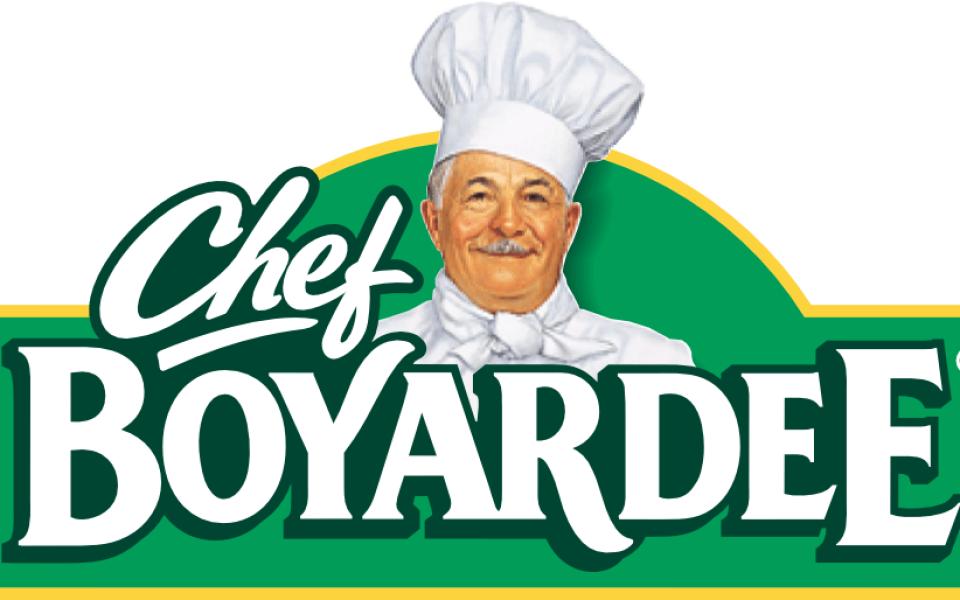
Eat like a chef. That’s a loaded statement.
If you thumb through any glossy magazine featuring food, you’ll always see a chef and her beautiful young friends cavorting at the beach or the lake or a ski chalet, with a sumptuously photographed spread of food.
But just as prime-time soap-opera doctors do not faithfully represent actual caregivers, so too do curated layouts not resemble the way chefs eat.
More often than not I eat sporadically, even when at home. I have to make a conscious effort for a balanced nutritional breakfast, because for the rest of the day, most of my calories come from tasting random foods that we are preparing in the restaurant. A lot of times I eat standing up.
Don’t get me wrong, I love to cook. It’s just that chefs don’t get many opportunities to cook. They run businesses. They manage people who cook. They place orders, write schedules, take meetings. I’m not home much, often at the restaurant from 10 a.m. until nearly midnight, when the last thing I want to do is break out my cutlery and cookware.
I have a long subscribed to the idea that the best meals when you get off of work are those that you can’t get inside your own restaurant, like grocery-store sushi, food-truck tacos or gas-station hot dogs. I’m not as young as I used to be, so I’ve made more of a conscious effort lately to eat greens every day. They usually take the form of a fat handful of baby greens jammed between two slices of whole-grain, seeded bread. I posted a breakfast sandwich picture every morning for almost an entire month on Instagram.
And I eat a lot of leftovers.
When a young cook first gets an opportunity to contribute to a menu or be considered as a sous chef, it is often in the form of using up leftovers from the previous night’s special. I rose through the ranks quickly because I’m really good at that. It’s essential to know how to take that little bit of leftover pork roast that a pig had to die for and turn it into eggrolls, pasta Alfredo, or carnitas tacos. Repurpose that leftover Carolina Gold rice that you paid four bucks a pound for as fried rice. Save a bag of onion skins and carrot peelings in your freezer to add to the bones from your rotisserie chicken to make chicken broth for a soup or a noodle bowl. Waste not, want not.
I also am a firm believer that boundaries induce creativity. In the restaurant, diners get the choice cut of the beautifully plump black grouper that just arrived at your back door; first dibs, if you will. The staff meal is usually made from the trimmings of that fine fish, stretched out with rice or noodles, and finished with a broth made from the bones. That staff meal doesn’t sound enticing in menuspeak, but I do believe it is more spiritually filling because it honors the whole animal.
If there is anything consistent about my eating habits over the years, it would be eating while standing, doing it quickly, and not consuming just about anything while it is hot. My knees are too compromised to squat down out of sight behind the cooking line to scarf a few bites, like I used to when I was younger. And it is not uncommon to find me making a plate of food, whether at home or the restaurant, and then not eating for 10 or 20 minutes, either because I get interrupted by a pressing issue or I am also working on three other things simultaneously. Ultimately, I rationalize that most room-temperature food has more flavor, because it is closer to body temperature than the refrigerator or the oven — like how just-picked, sun-warmed tomatoes on a sandwich will always trump refrigerated or roasted tomatoes.
Ironically, eating is often one of the last things on a chef’s mind.
In other words, “eat like a chef” means eat what other folks won’t or don’t and eat it, and do it when you can. Guests are coming. Hurry up.
Join the First Amendment Society, a membership that goes directly to funding TCB‘s newsroom.
We believe that reporting can save the world.
The TCB First Amendment Society recognizes the vital role of a free, unfettered press with a bundling of local experiences designed to build community, and unique engagements with our newsroom that will help you understand, and shape, local journalism’s critical role in uplifting the people in our cities.
All revenue goes directly into the newsroom as reporters’ salaries and freelance commissions.


Leave a Reply